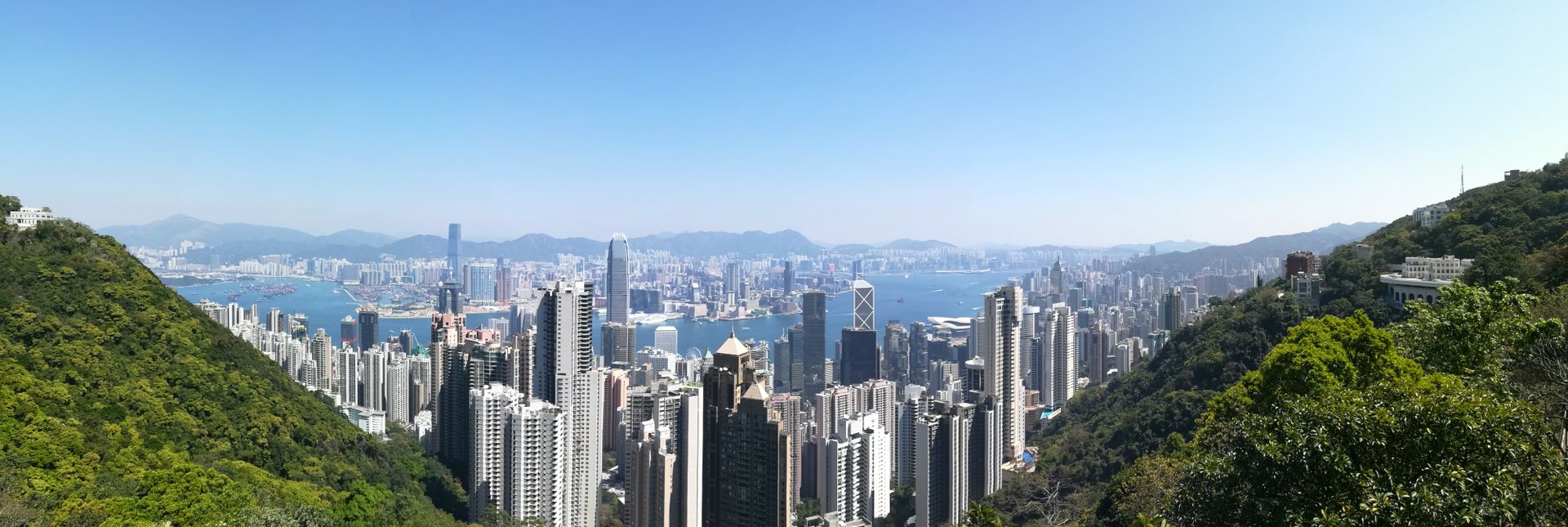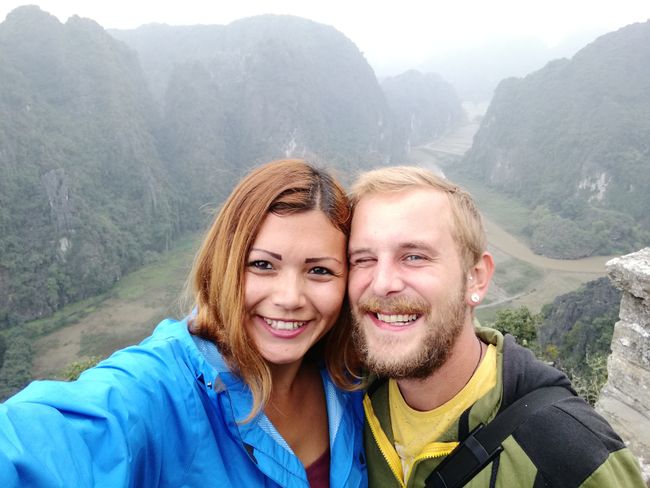
travelschnitta
vakantio.de/travelschnitta
The sad story of Cambodia
Wɔatintim: 25.01.2018
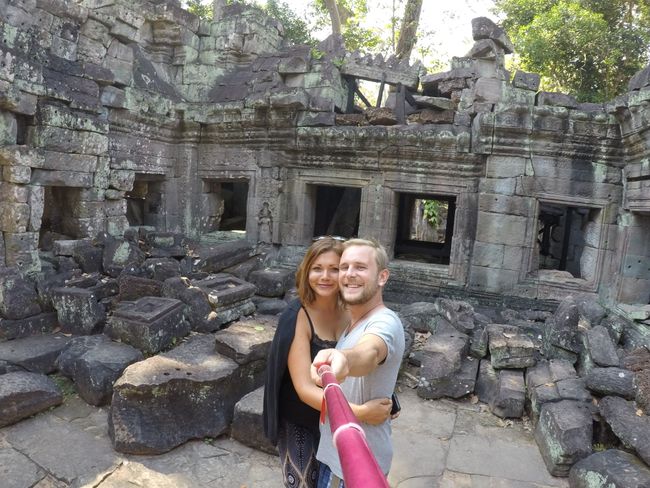
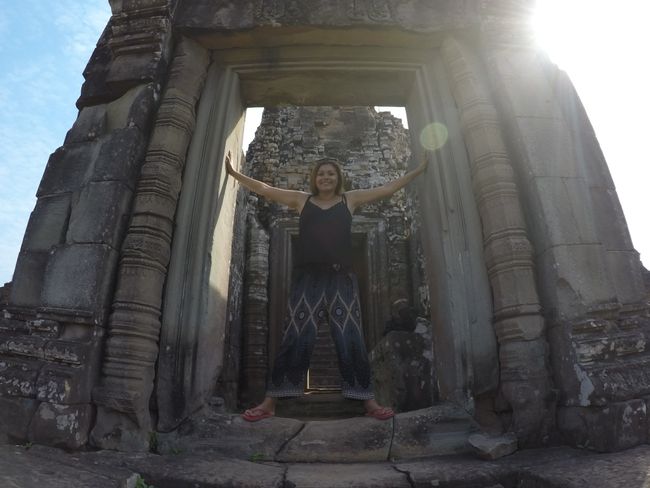
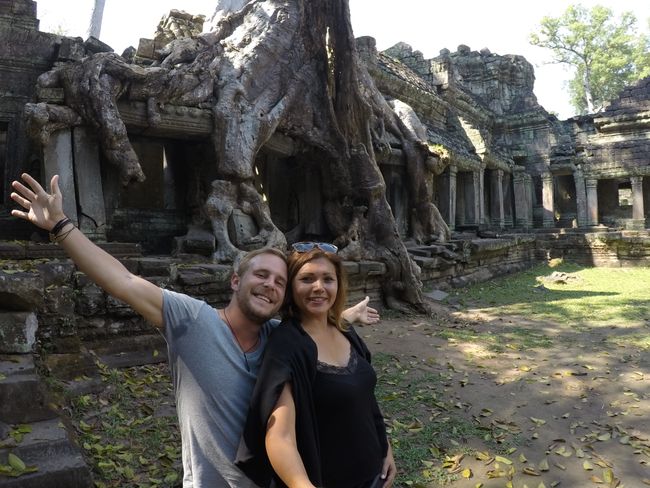
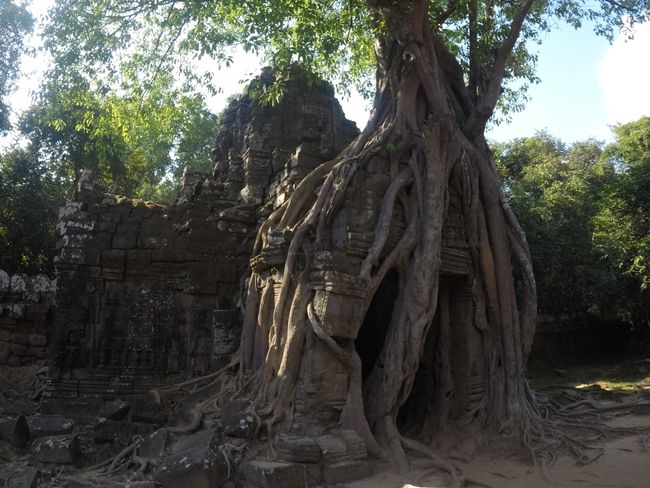
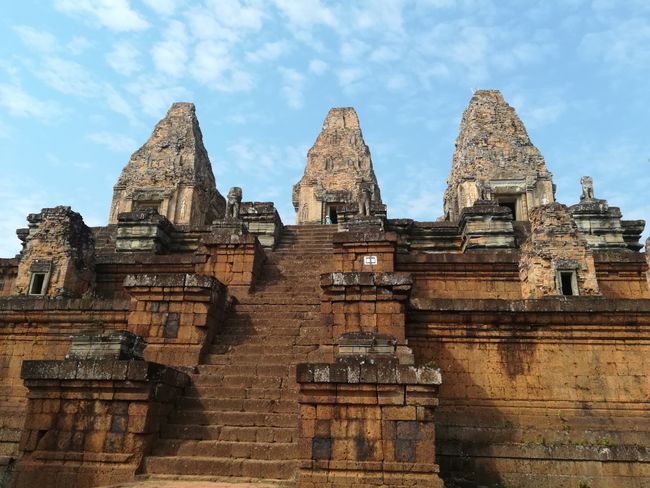
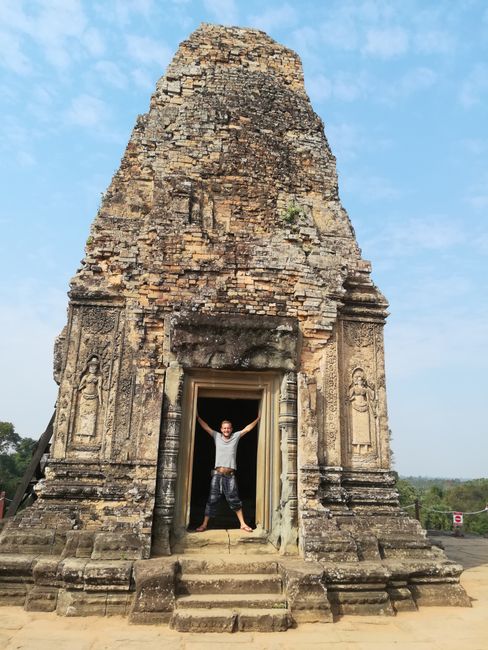
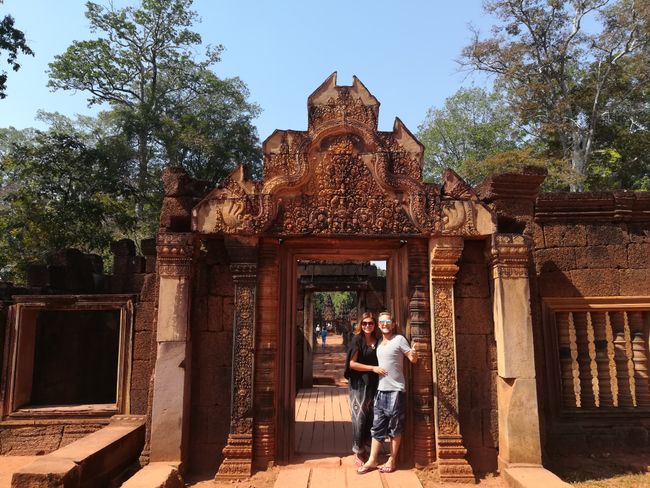
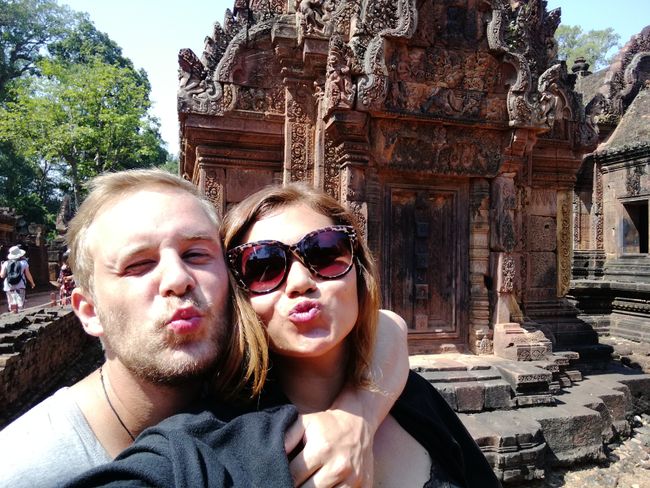
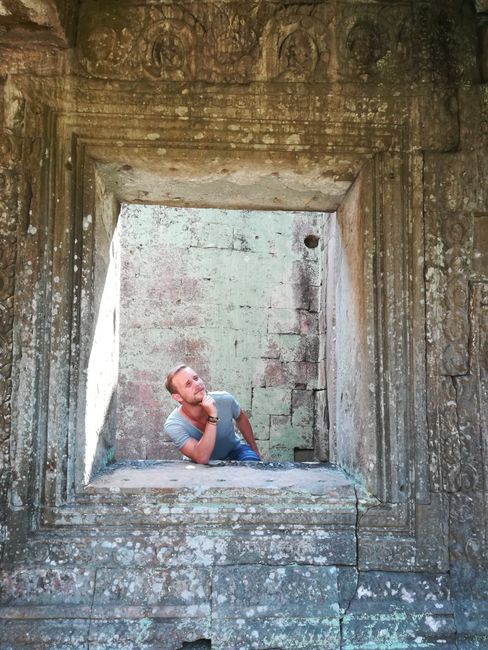
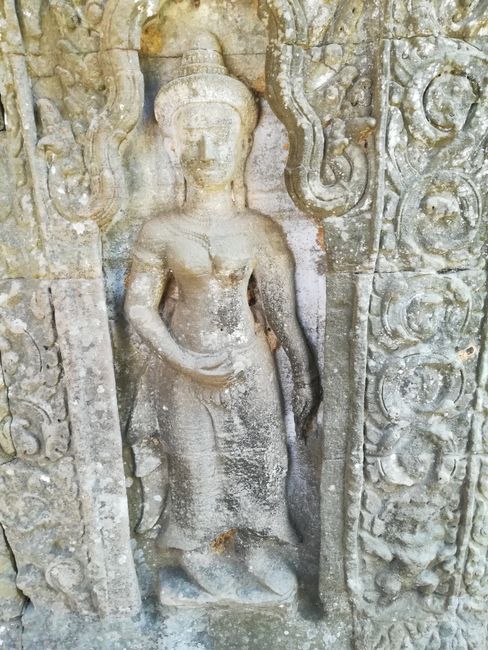
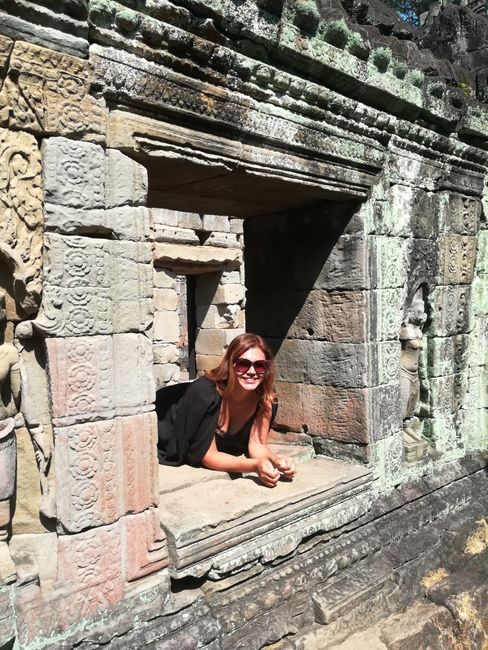
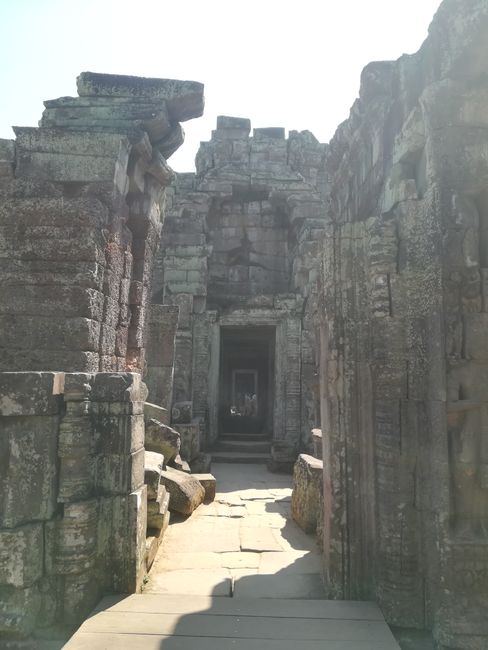
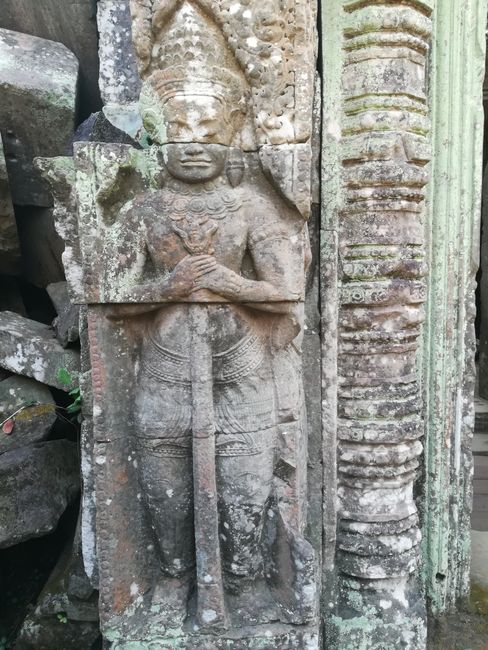
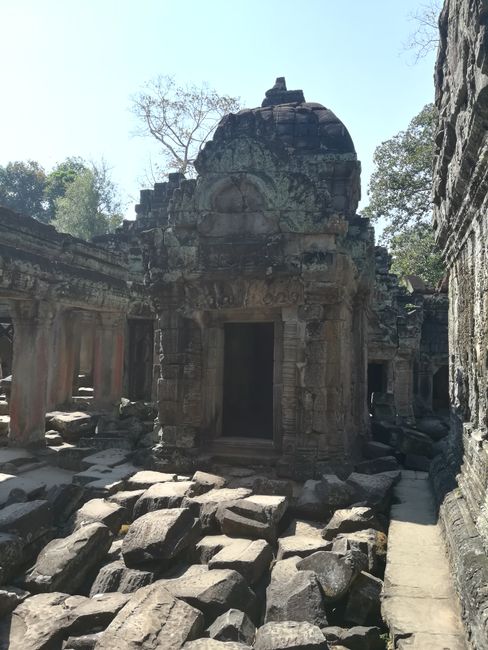
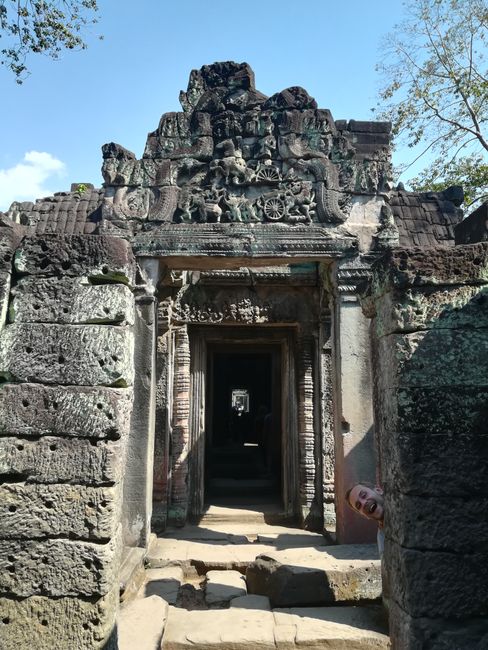
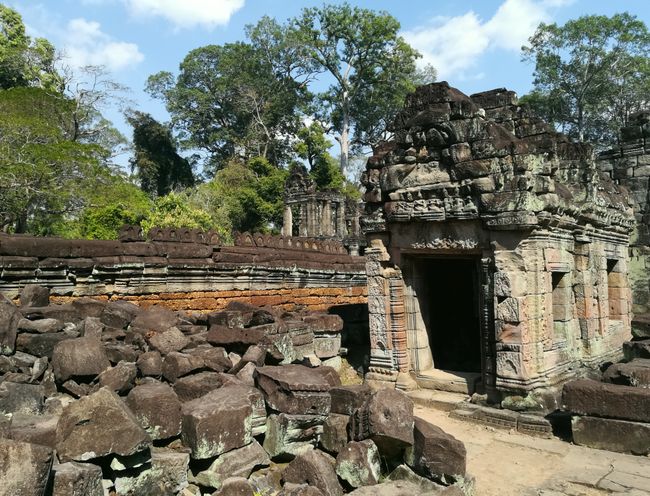
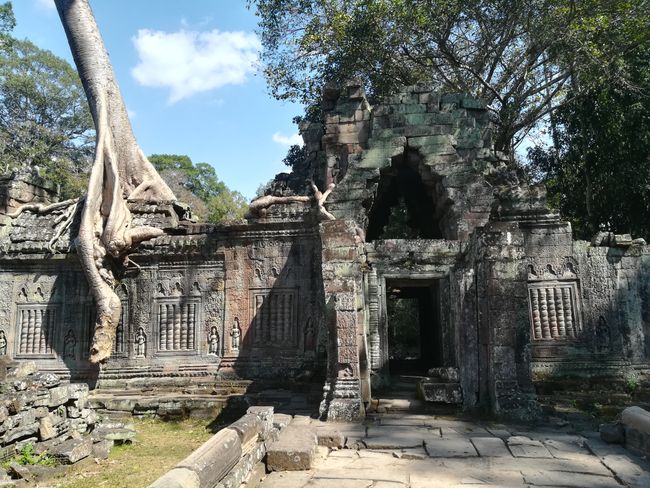
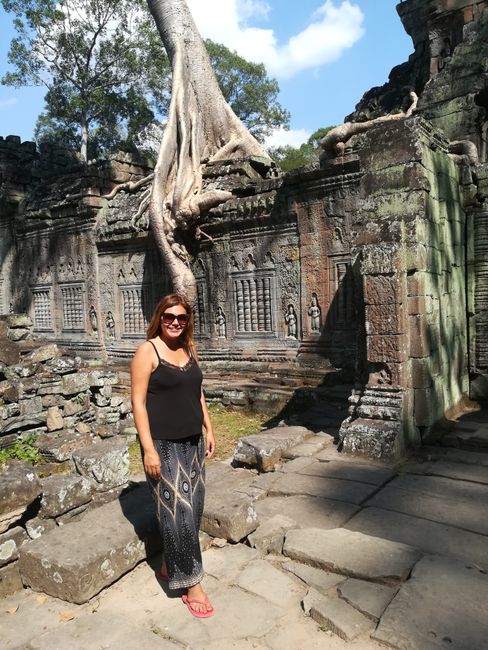
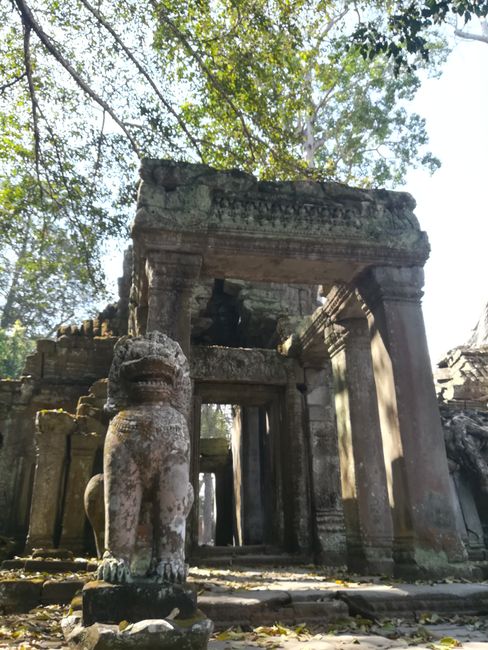
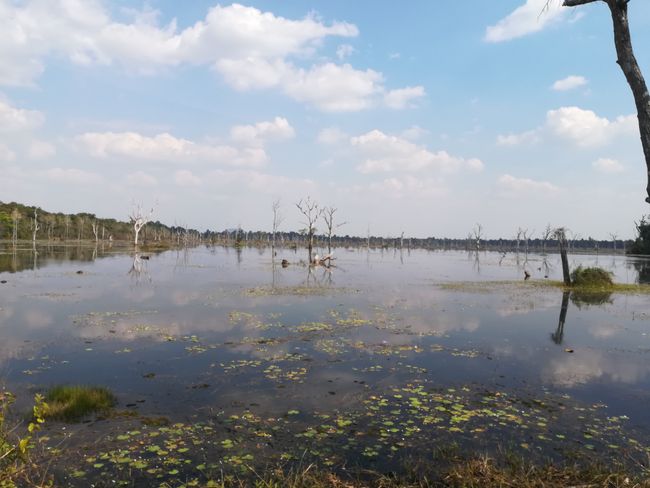
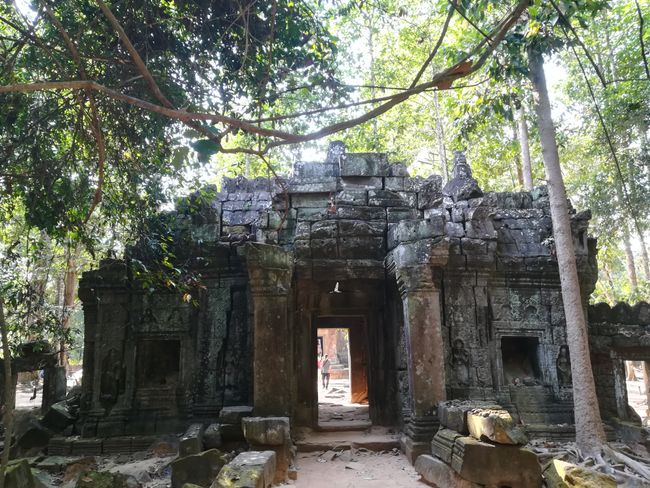
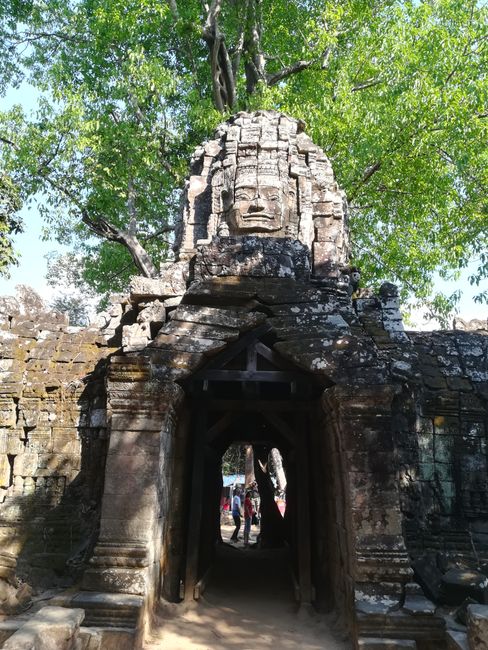
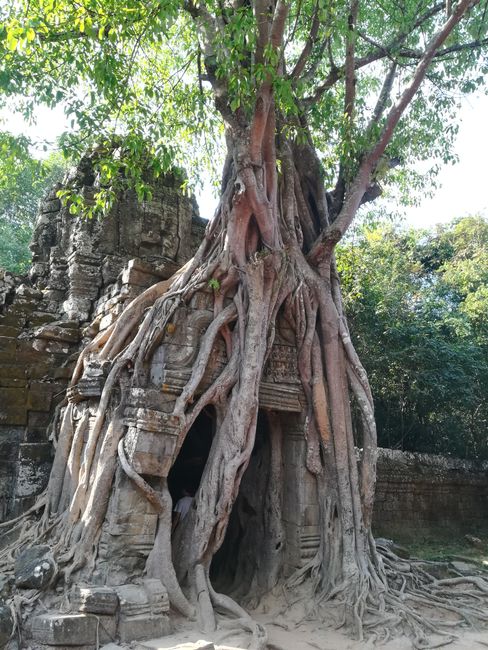
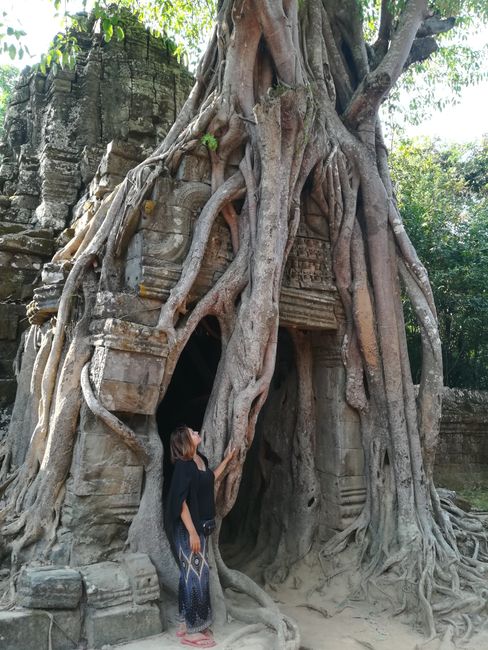
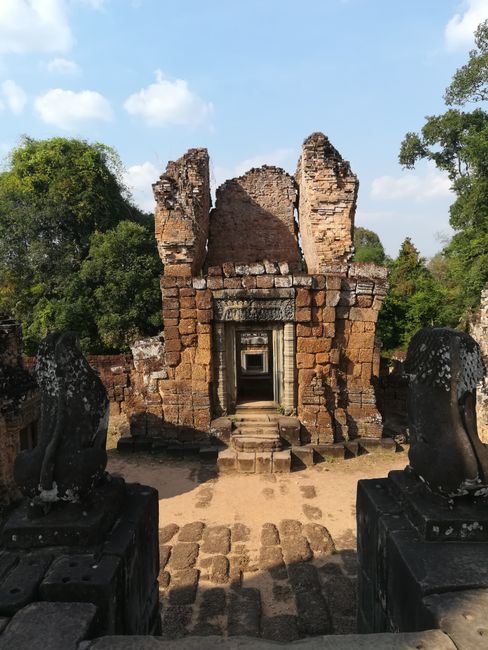
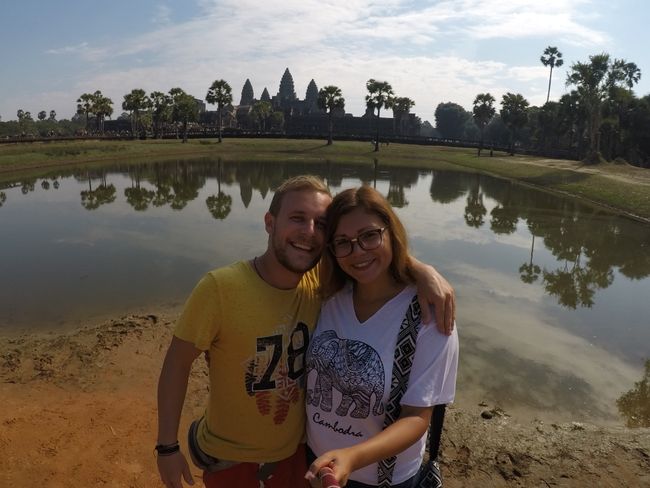
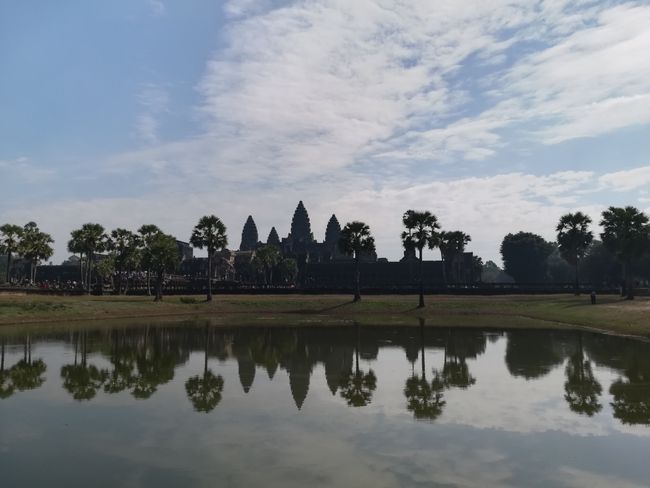
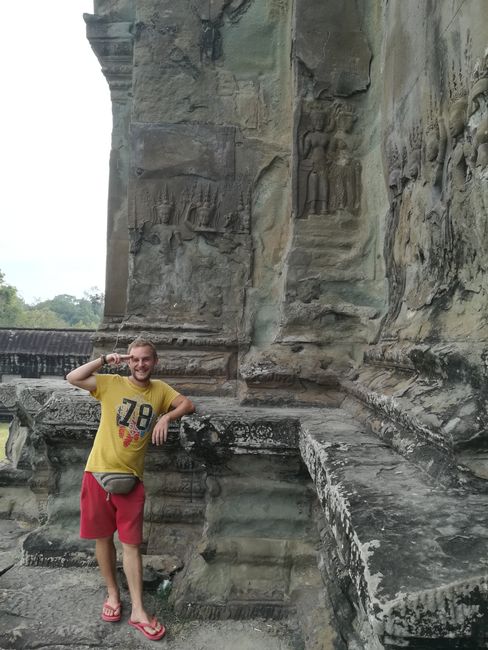
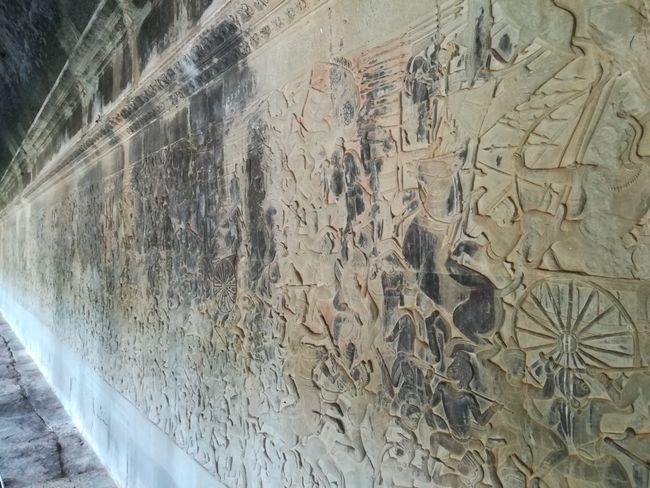
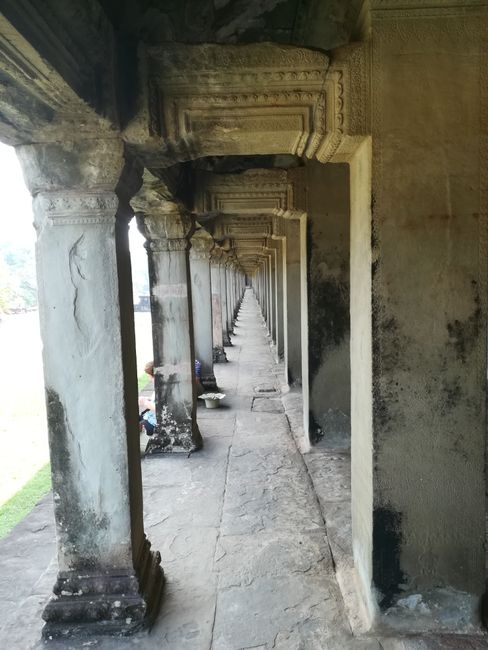
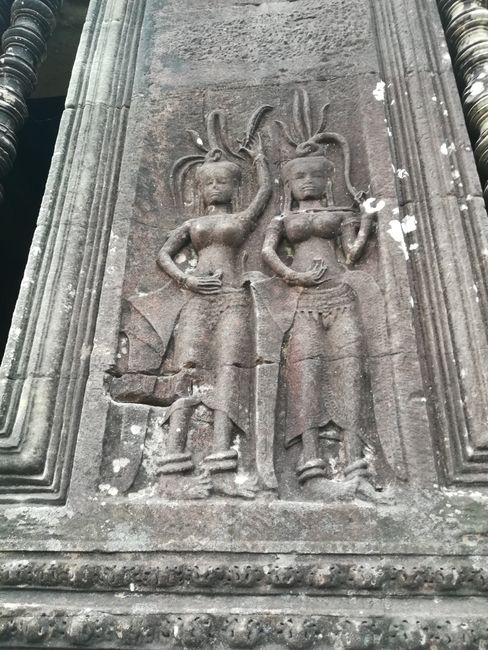
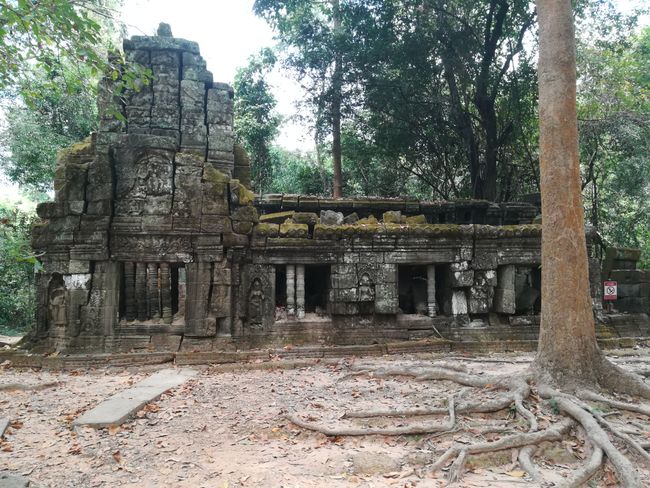
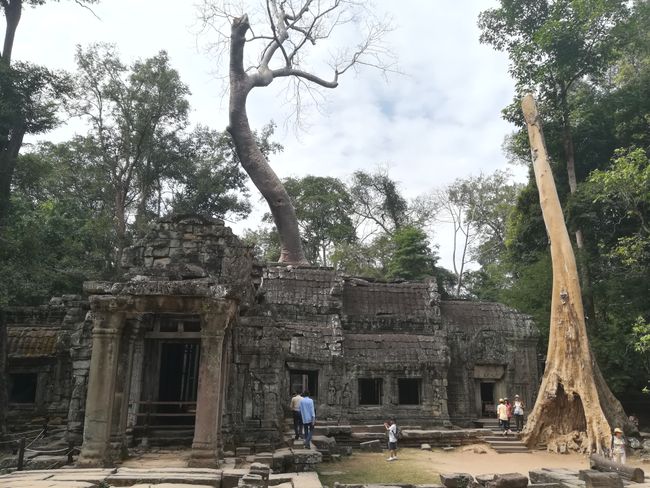
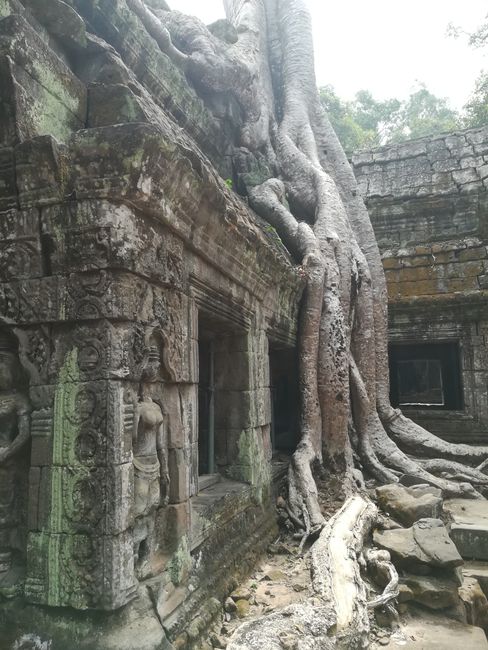
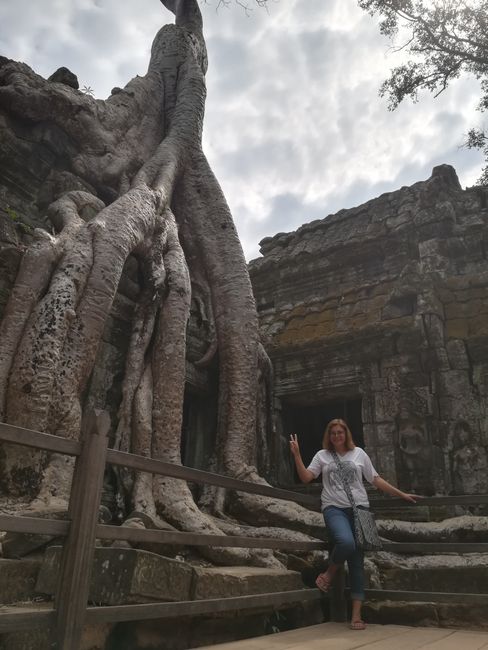
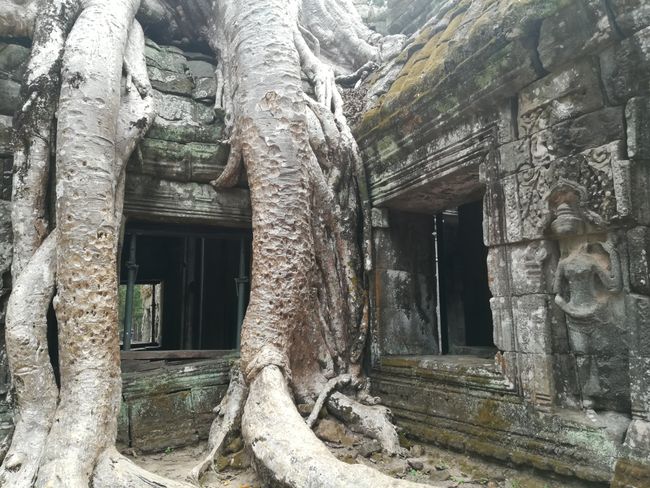
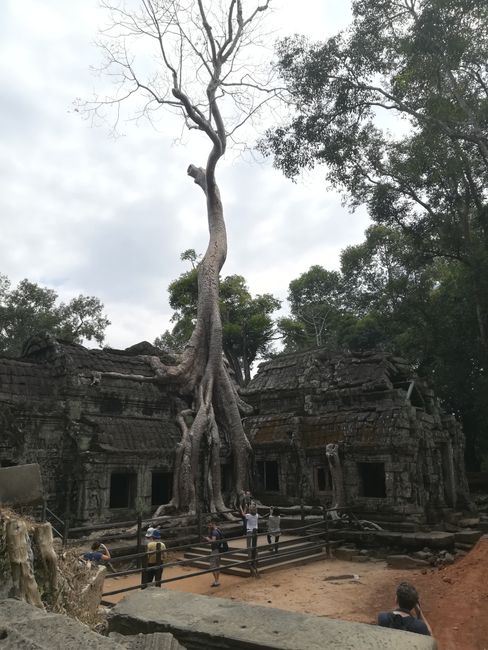
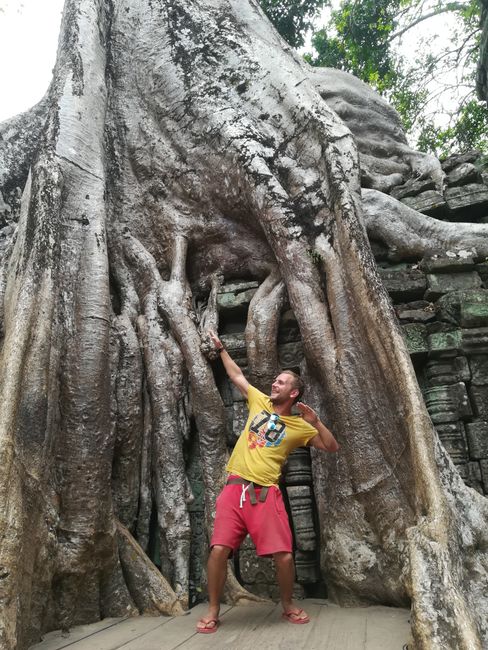
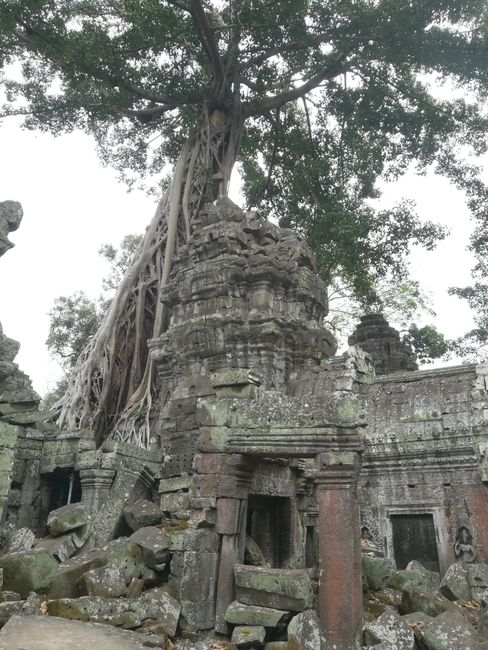
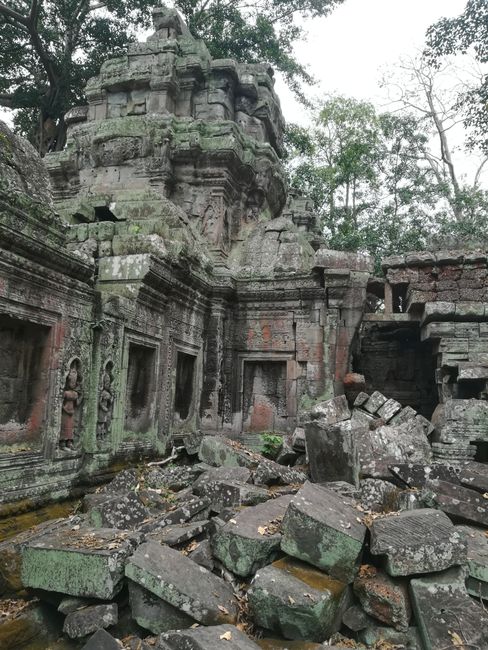
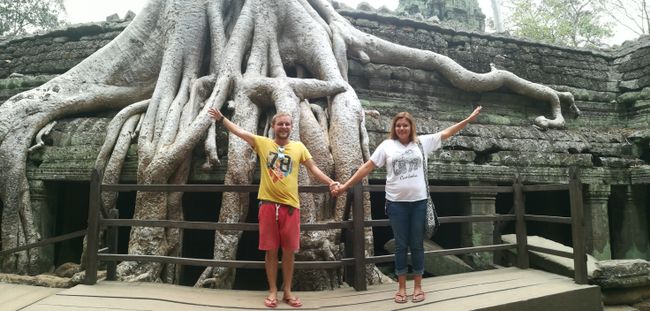
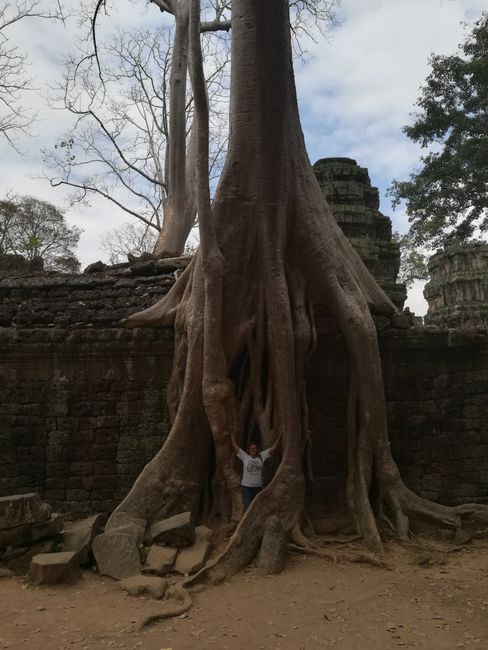
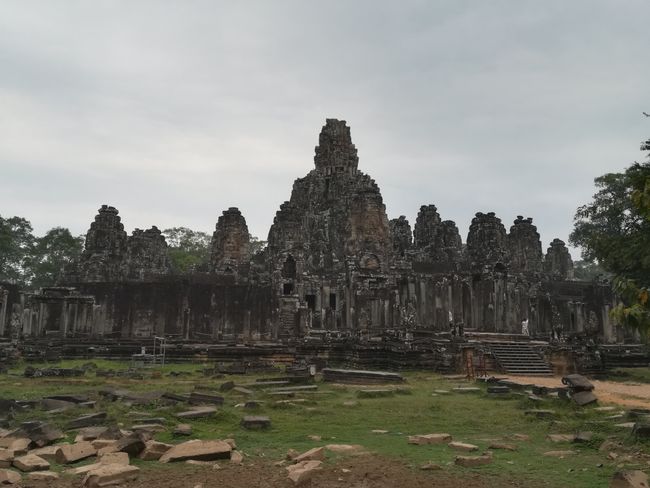
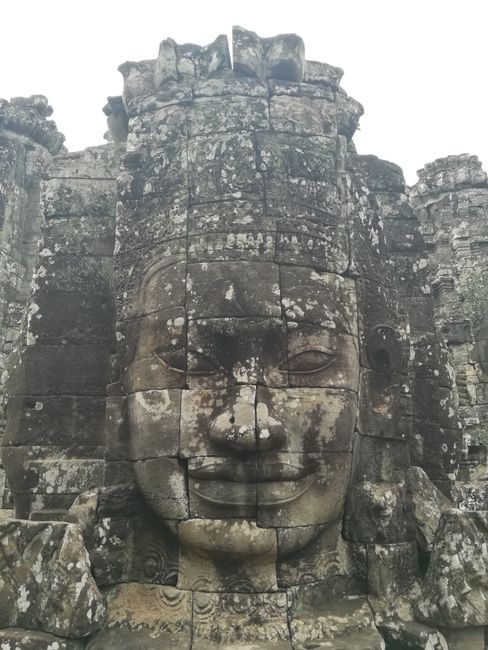
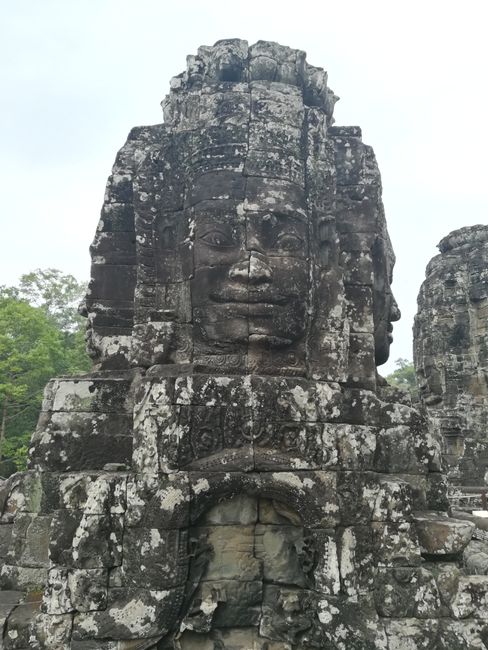
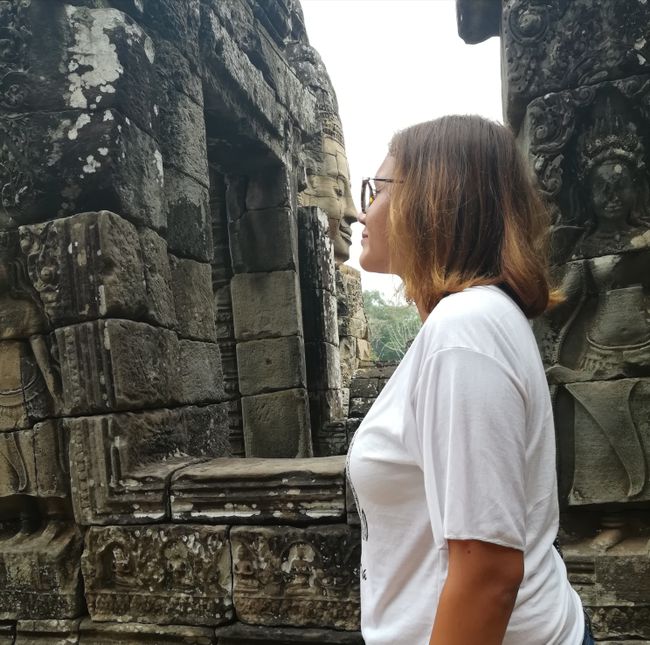
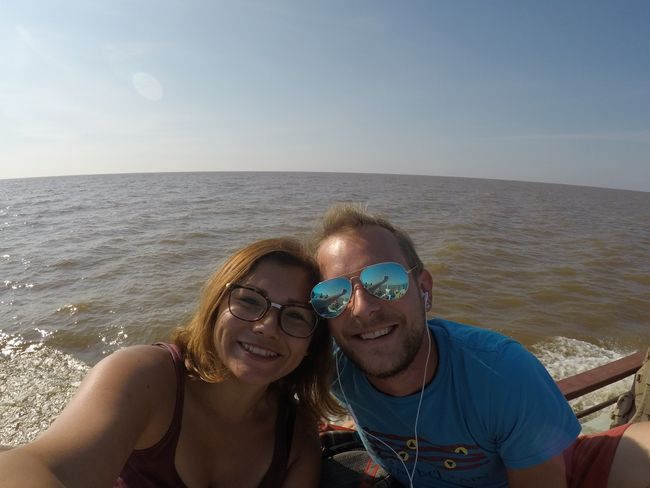
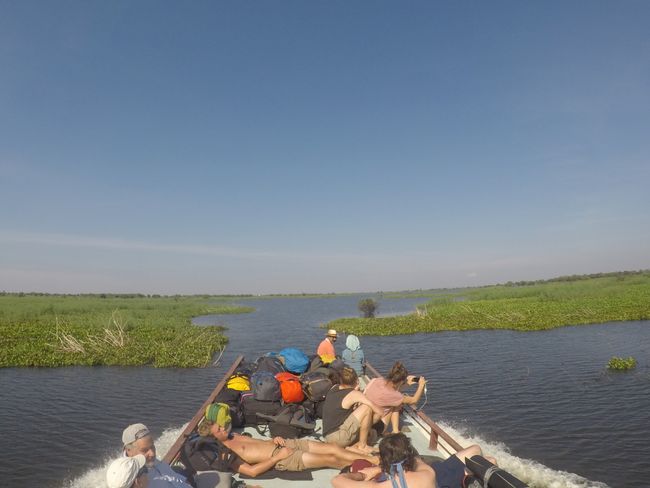
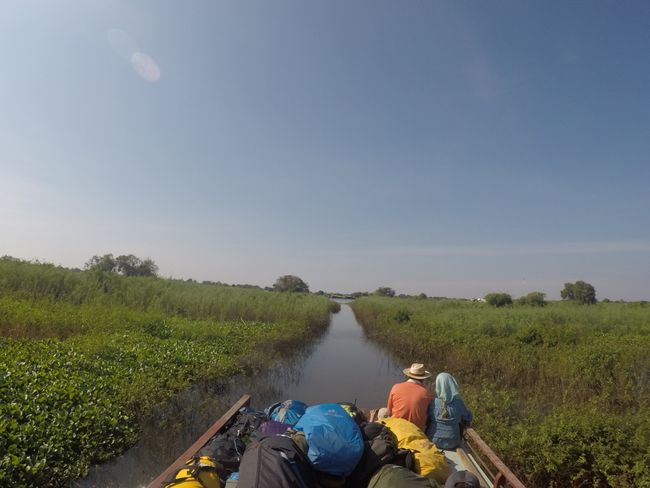
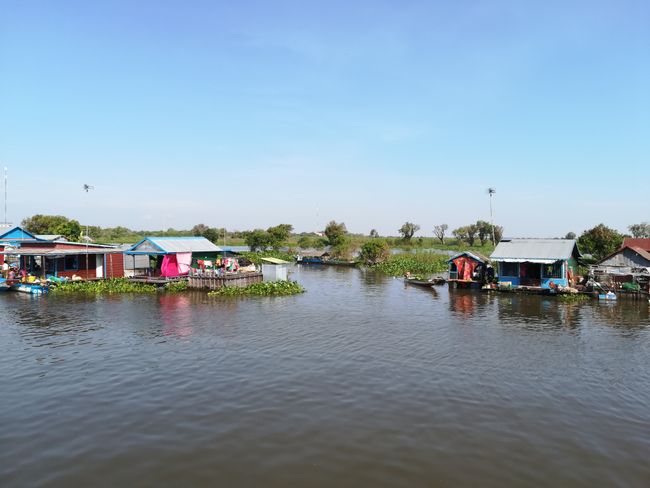
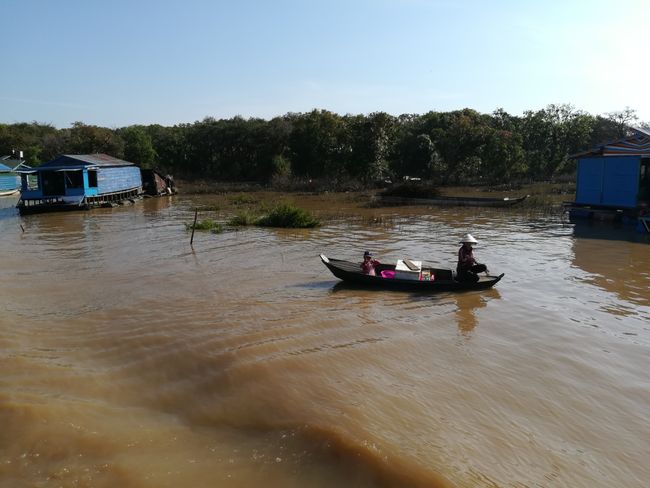
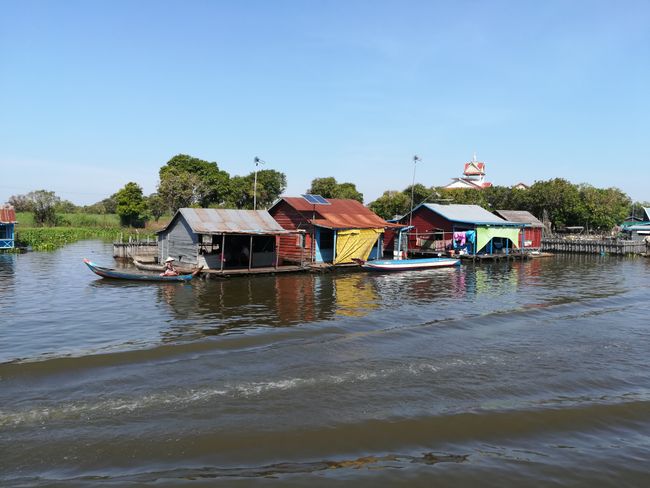
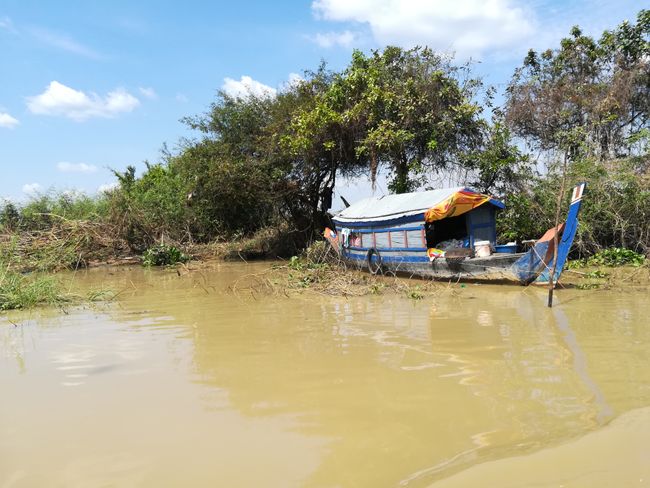
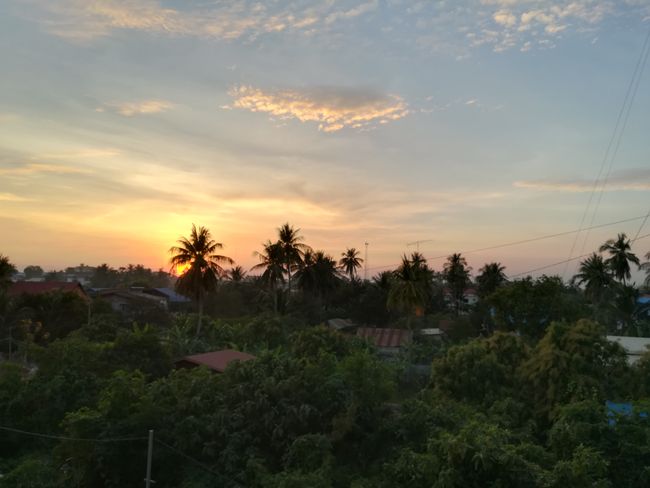
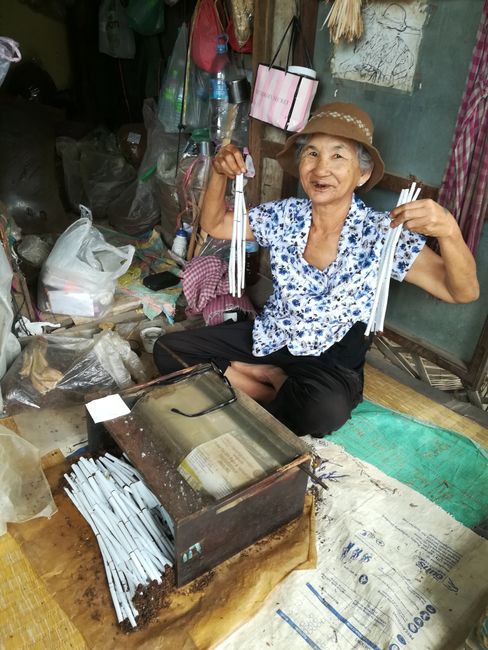
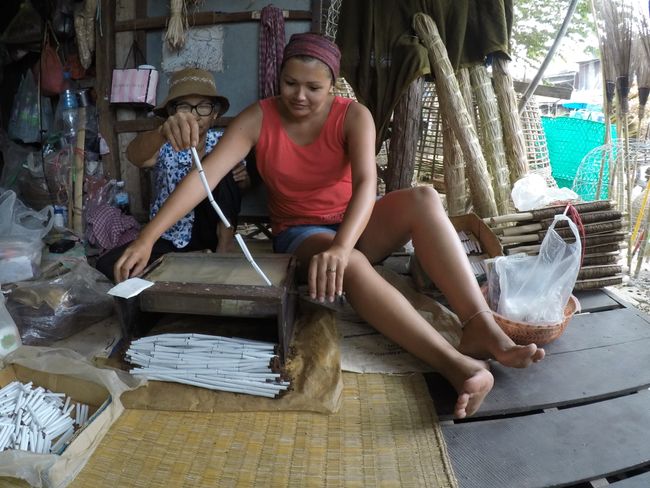
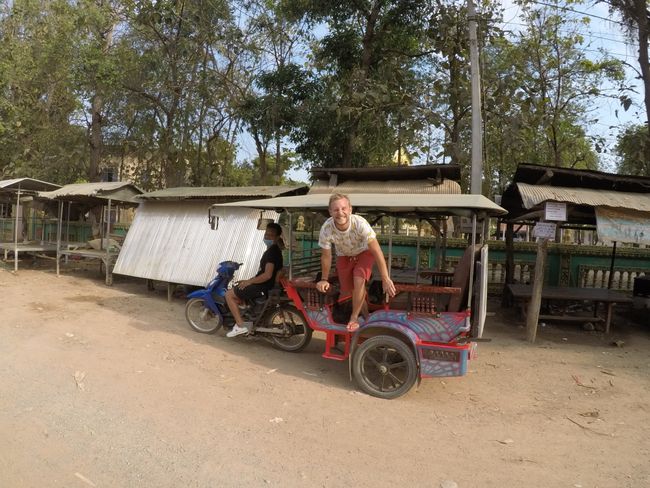
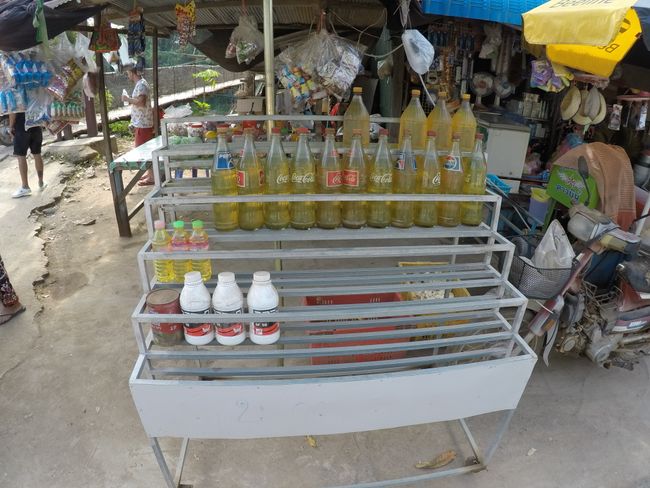
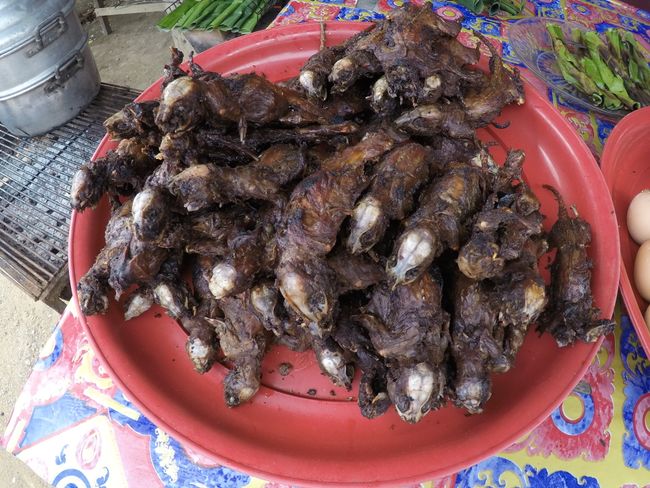
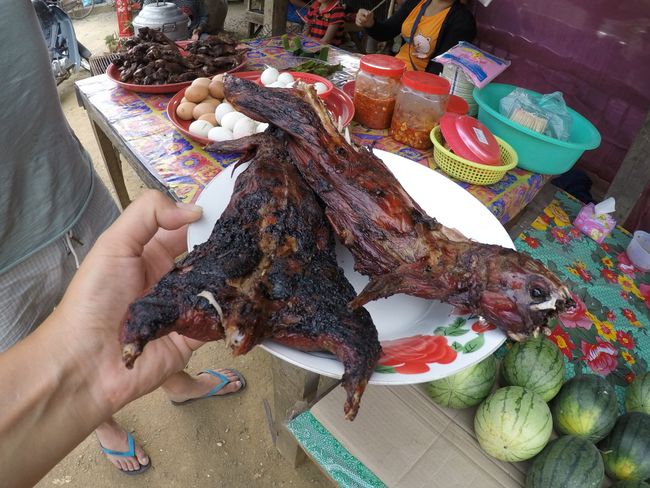
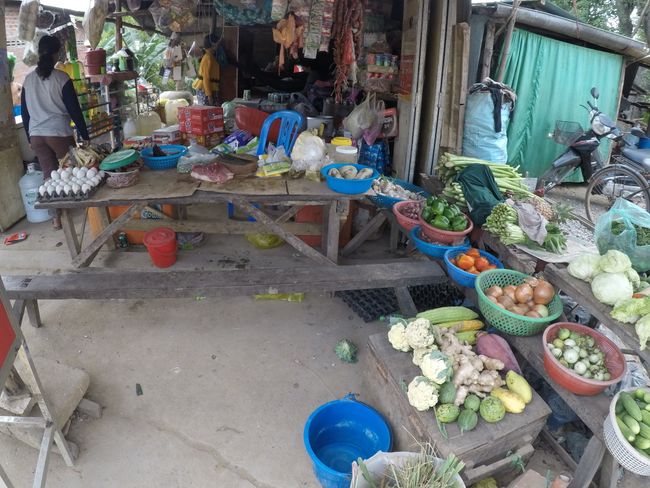
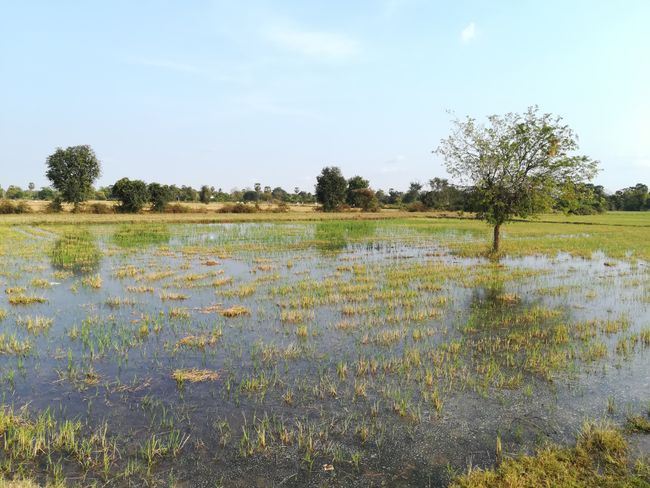
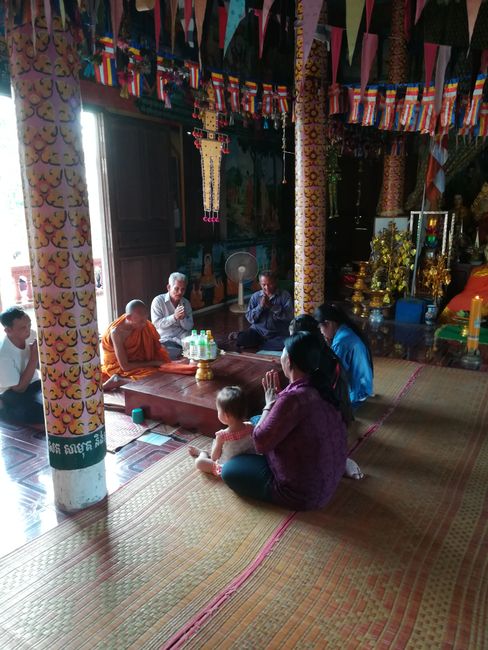
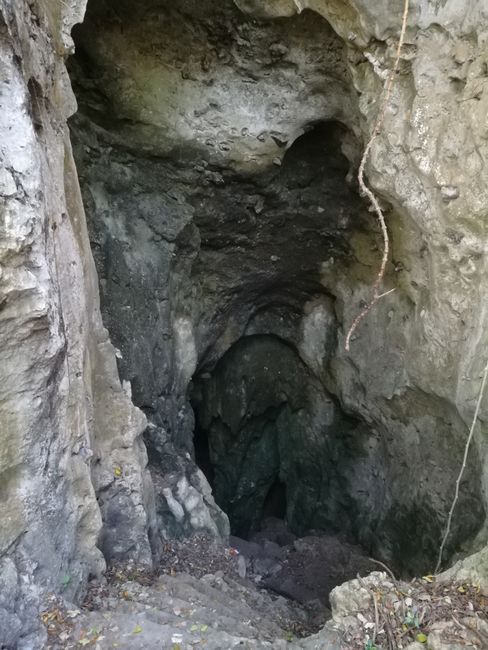
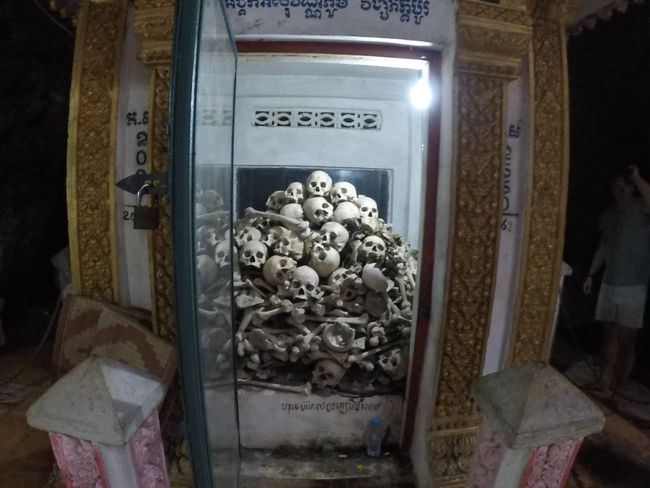
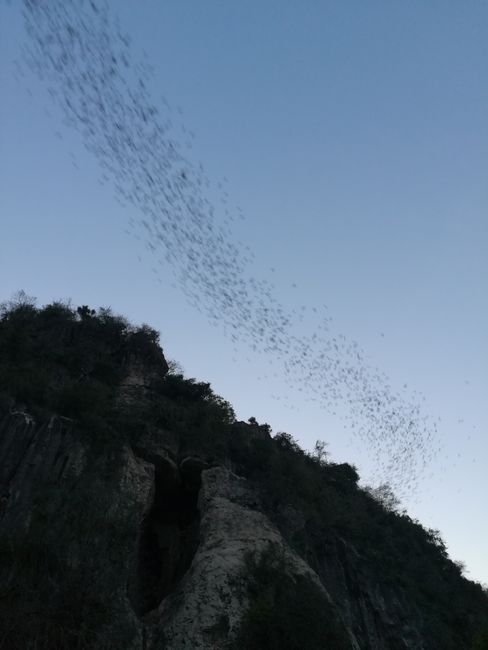
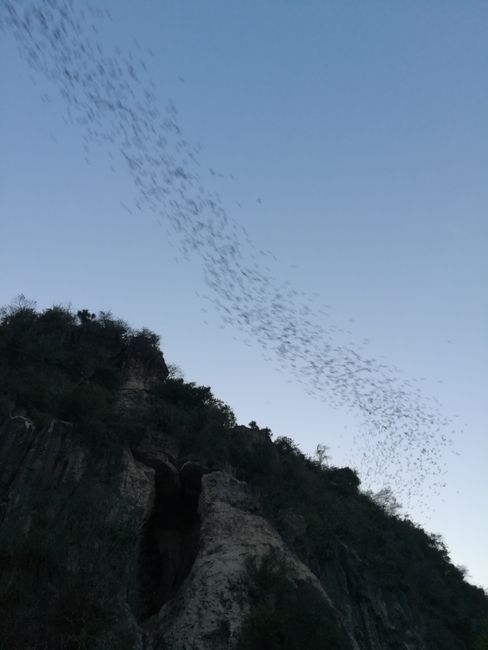
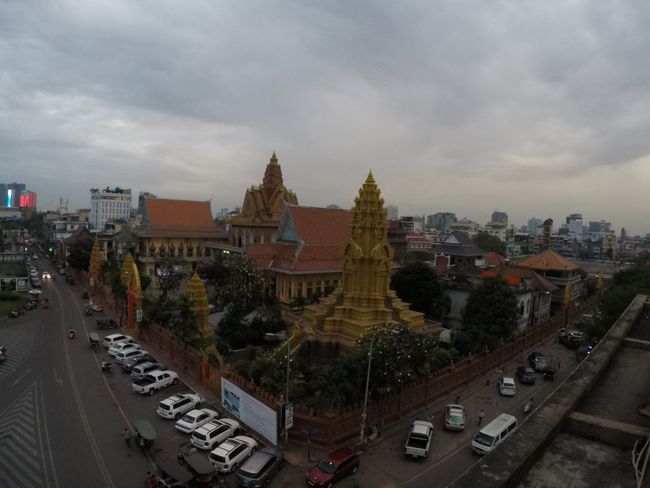
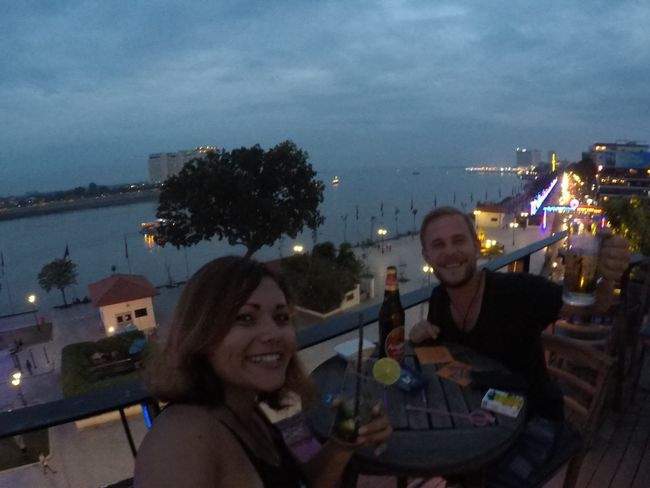
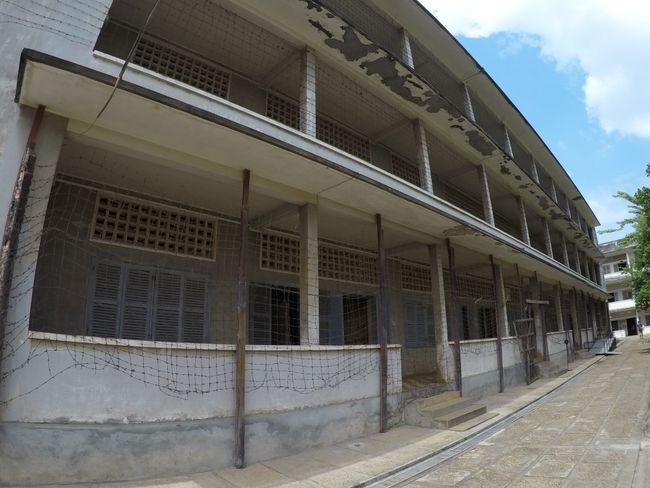
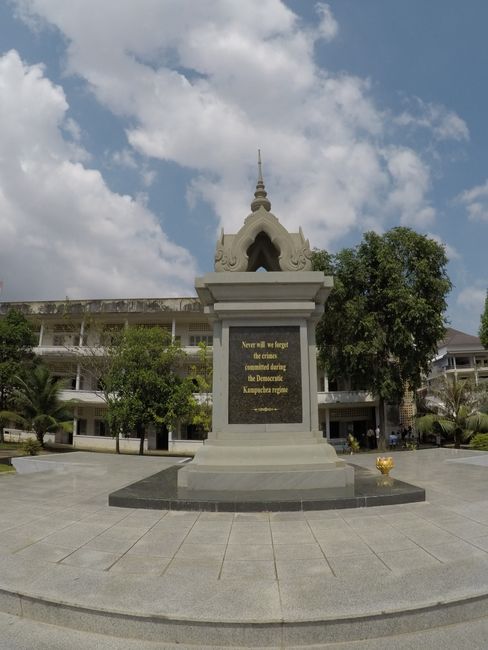
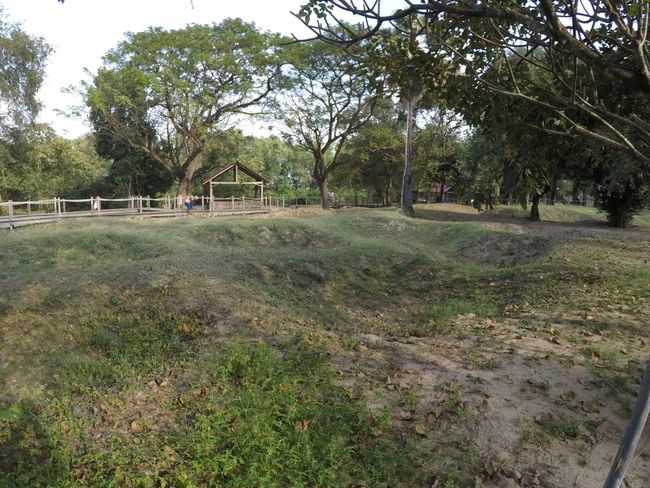
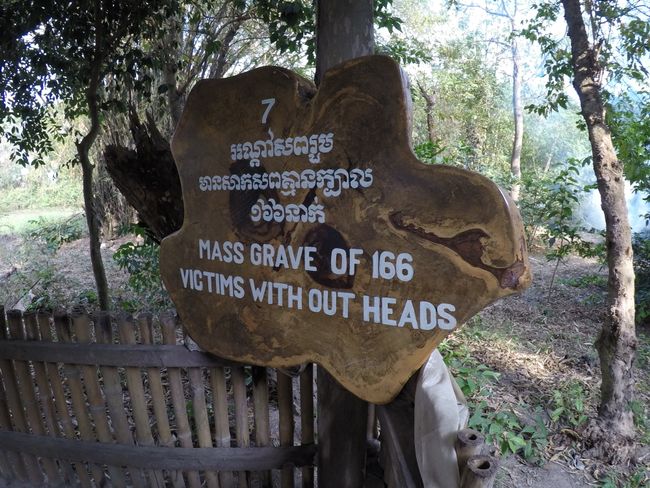
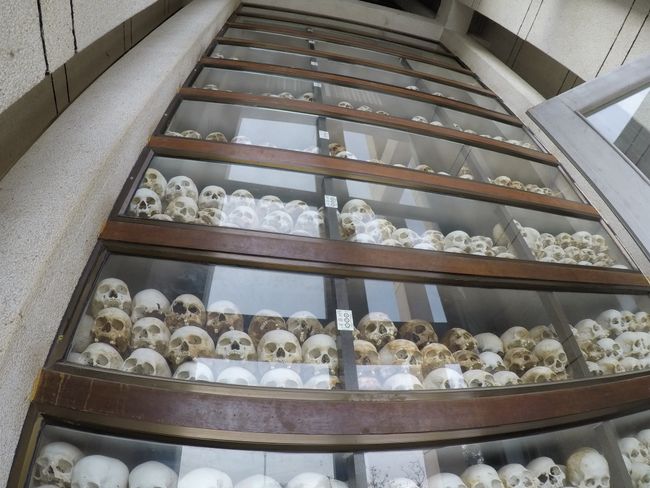
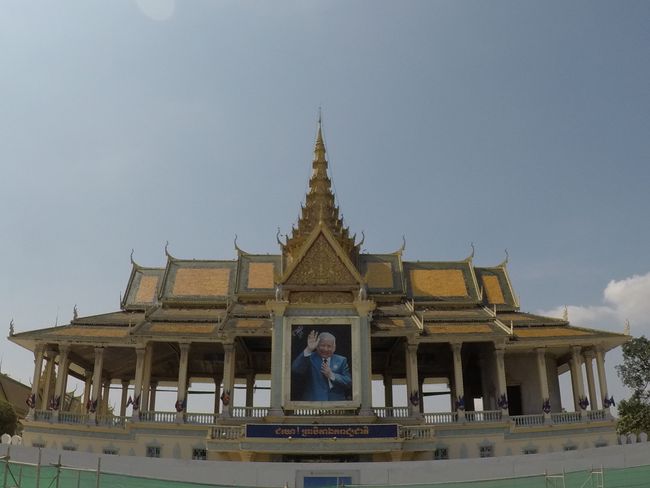
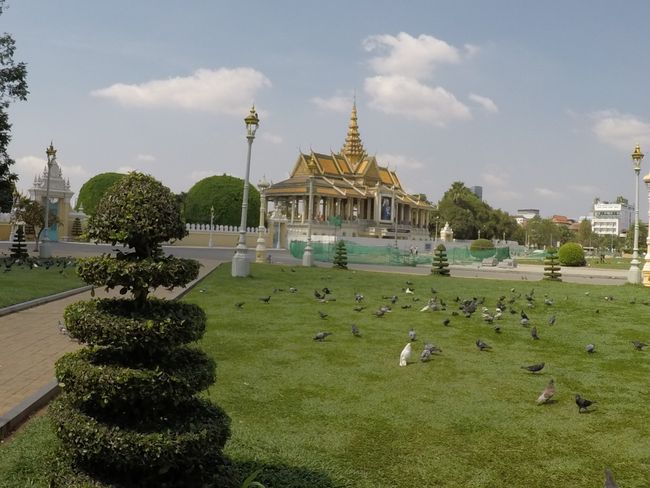
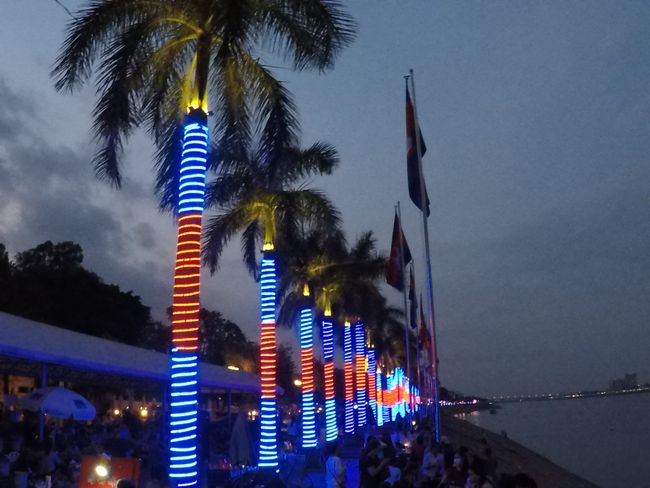
Kyerɛw wo din wɔ Newsletter no mu
Day 107
Hello dear ones
From the 4000 Islands in Laos, we continued to Siem Reap, Cambodia. The fifth country for us on the Asian continent. We booked the transfer in advance, by boat or bus. We had already heard a lot of bad things about the Laos-Cambodia border. The police officers are said to be corrupt and demand fantasy fees from many tourists. To avoid this stress, we had the visa matters taken care of by an employee of the bus company. It costs 3$ more than usual, but at least you have peace of mind. In the end, everything went smoothly and we arrived safely in Siem Reap. Siem Reap is mainly known for its famous Angkor Wat temple and we wanted to visit it the next day. The boss of the hotel helped us a lot, by the way, he is a German expatriate. So the following days were temple time, we started with the grand temple tour, which included the temple complexes that are slightly outside. Angkor Wat is just the main temple, there are about 1000 other temples. The area covers a total of 200 square kilometers.
But the small temple tour the next day was much more exciting. There you visit the main temples like Angkor Wat, Bayon, and Ta Prohm, where the movie Tomb Raider with Angelina Jolie was shot. Exciting but after two full days of temple gazing in temperatures of about 40°C, we had enough.
Cambodia... it starts to make your thoughts spin, relentlessly. You turn in circles: pity, gratitude, wanderlust, joy, happiness, poverty, sadness. Can I look? Should I look away? If you don't question life in Cambodia, you've done something wrong. Poverty is omnipresent here. You see so many little children running around, trying to sell things to tourists and even begging you to buy something. These children cannot go to school, they have to work at a young age to support their own family. Without school, without education, they have no chance of a better life. It's a vicious cycle. When you are outside the tourist center, you can see poverty everywhere. People live in simple wooden huts or tin huts. Many don't even have running water or electricity. Most people make a living from agriculture in Cambodia. Most houses also have cows, chickens, goats, or pigs. They all run around freely here and sometimes block the road. This is also part of traveling, you have to see the negative sides of a country to get to know it properly. What struck me most of all is that despite everything, the people have not lost their happiness and you are always welcome. Especially the children often greet you with a nice hello and a big smile.
After 4 days in Siem Reap, we finally moved on to our second destination called Battambang. Battambang is the second largest city in Cambodia. We decided to travel the route by boat. It took three times longer than by bus, but it was supposed to be much more beautiful in terms of landscape. We started early in the morning and also secured one of the nicer places on the sunroof with many other backpackers. The ride was really impressive, though a bit uncomfortable. We drove through floating villages, where the houses were really built on the water and everyone had a small boat as a means of transportation. We also saw many fishing families living on small houseboats and trying to catch fish with giant nets. After over 8 hours, we finally reached Battambang. The first impression was not so impressive, everything was very littered, especially plastic was lying everywhere. Well, at least the hostel was great, even with a pool. We rested for a while and in the evening we went out for a nice meal. The next day we went to the countryside with a tuk-tuk. Bun, our driver, was really great, he tried to teach us a lot about his country and his culture. First, we visited an old lady who showed us how handmade cigarettes are made here. Then Bun showed us many local fruits and plants. After that, we went to a restaurant that even offered dog meat. But we didn't want to try it, we could never have done that. At the next stall, there were grilled mice and rats. Yummy😃 They eat everything here!
After that, we went to a rice field where Bun explained the rice production to us. Finally, we went to a mountain where we visited a killing cave, a terrible sight. They even showed us human skulls and bones of the victims. For your information: From 1975 to 1979, the Khmer Rouge, led by Pol Pot, was in power in Cambodia and brought their own country to ruin. It can be very well compared to the Nazi era in Germany. Pol Pot had all intellectual people like teachers, doctors, lawyers, and monks executed. Even wearing glasses was seen as a crime. His goal was to create an agricultural state. 3 million people were executed during this time, which is one third of the total population. It's sad what people can do to other people. Bun also told us that two of his mother's brothers were murdered in front of her eyes. More pleasant things came afterwards, Bun took us to a cave entrance, where you can watch the same spectacle every evening. A whole 6 million bats fly out of the cave every evening, at approximately the same time. It was a true natural spectacle, the sky was filled with the little black bats.
After another day of chilling in Battambang, we moved on again. Next stop was Phnom Penh, the capital of Cambodia. We continued by bus, a whole 7 hours. When we arrived there, we were very surprised. Phnom Penh seemed to be very developed compared to the rest of the country. After checking into our hotel, we went out to explore the city. The first impression was great, there is a beautiful promenade along the river. Afterward, we treated ourselves to a delicious drink at one of the many rooftop bars and ended the evening. The next morning, we wanted to learn more about Cambodia's cruel history and visited the Tuol Sleng Genocide Museum and then the Killing Fields. There are many former torture prisons throughout Cambodia. In Phnom Penh, there is Office 21, today a memorial site for the genocide against the Cambodian population. The prison used to be a school before the time of the Khmer Rouge. The classrooms were converted into prison cells. Each cell has a bed, and in some cases, the shackles or other objects are placed near the bed. On the wall, there is a picture of the bodies found in this room. Bloodstains can still be seen on the walls. Cell by cell follows, single cells, mass cells.
At the gallows, prisoners were hanged with their hands tied behind their back. When they became unconscious, they were dunked headfirst in dirty water so they would regain consciousness and their torturers could continue. The Khmer Rouge meticulously documented their tortures. There are records of interrogations, detailed records of torture. In most cases, the entire family of a prisoner was also arrested so that no one was left to later avenge the dead. Countless children died in the prisons. Terrible, but this is also part of the history of this country and must not be forgotten. Afterwards, we went 20 km outside the city to the so-called Killing Fields. There, the prisoners from S-21 were transferred to be killed. Equipped with an audio guide, we moved along the stations on the grounds, past mass graves and the tree where babies and toddlers were smashed. The sad story of Cambodia during the terror regime of Pol Pot and his Khmer Rouge is conveyed here in an impressive and moving way. Again and again, the descriptions of eyewitnesses brought tears to our eyes. It was a tough day for both of us, but in the end, we are very glad to have learned so much.
The following day, we walked around the streets of Phnom Penh and organized our onward journey. The next stop is Sihanoukville, a small coastal town and the gateway to Cambodia's islands. We are very excited to finally be by the sea again. We can't wait.
Anita
Kyerɛw wo din wɔ Newsletter no mu
Anoyie
